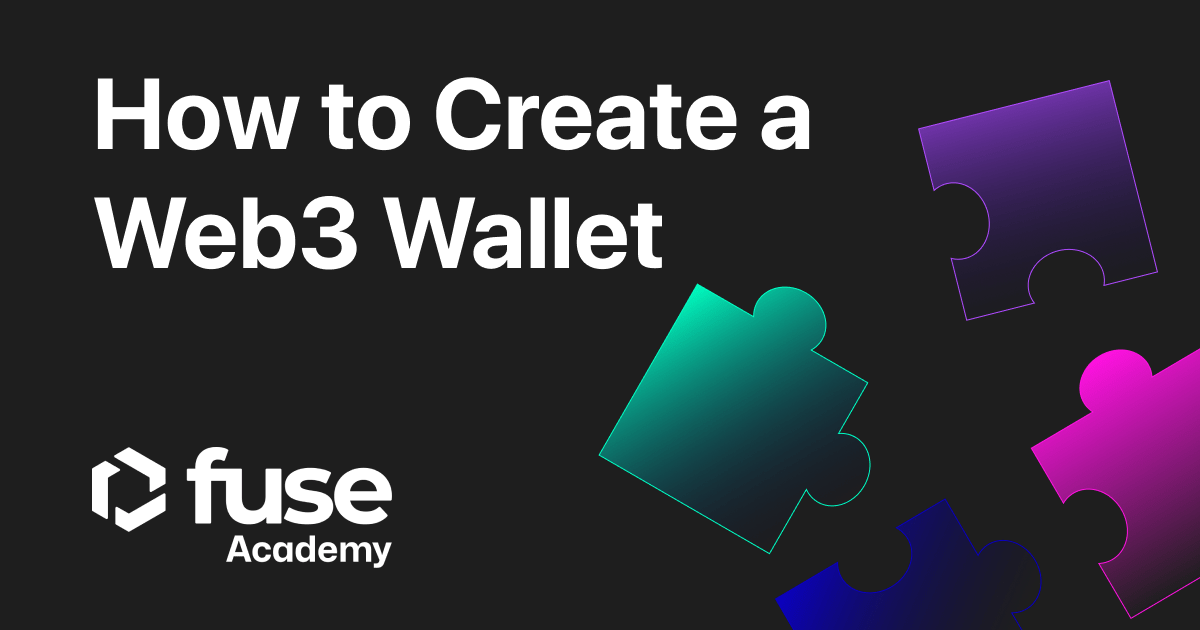A Web3, or crypto wallet, is essential for anyone interested in cryptocurrencies, decentralized finance (DeFi), and the broader Web3 space. A digital wallet enables users to securely store, manage, and interact with their digital assets, such as cryptocurrencies, non-fungible tokens (NFTs), and other blockchain-based assets.
Web3 wallets are specifically designed to connect users with decentralized applications (dApps) and blockchain networks. They give users control over their funds and allow them to interact with various decentralized services, such as decentralized exchanges, lending platforms, and other DeFi protocols. In addition, these wallets utilize blockchain technology to ensure the security and integrity of transactions and asset ownership.
As Web3 continues to evolve, several wallet providers and applications offer Web3 wallet functionalities. These wallets can be browser extensions, mobile apps, or even hardware devices. Examples of popular Web3 wallets include MetaMask, Trust Wallet, Coinbase Wallet, and MyEtherWallet (MEW).
It’s worth noting that the adoption and understanding of Web3 and Web3 wallets are still evolving, and there is a need for further progress and education in this area to achieve mass adoption of the technology. However, Web3 is seen as the future of the Internet, combining blockchain technology with decentralized applications, cryptocurrencies, NFTs, and more.
A Web3 wallet is crucial for individuals seeking to participate in the Web3 ecosystem. It enables them to securely store, manage, and interact with digital assets while engaging with decentralized applications and services.
- What is Web3?
- What Is A Web3 Wallet?
- Why Do You Need A Web3 Wallet?
- How To Create A Web3 Wallet
- Integrate Web3 into your business
What is Web3?
Web3 refers to the concept of the next generation of the internet, often associated with blockchain technology and decentralized systems. It represents a vision for a new web that goes beyond the current Web 2.0 and incorporates cryptocurrencies, non-fungible tokens (NFTs), decentralized finance (DeFi), and decentralized autonomous organizations (DAOs).
Web3 aims to create a more open, transparent, and user-centric internet by leveraging the capabilities of blockchain technology. It envisions a shift towards decentralized architectures, where data and control are distributed among network participants rather than being concentrated in the hands of a few centralized entities.
Web3 can potentially transform various aspects of the internet, including finance, digital ownership, governance, and more. It introduces concepts such as smart contracts, which enable self-executing agreements, and decentralized applications (dApps), which operate on distributed networks.
While the exact implementation and features of Web3 are still evolving, it is seen as a promising direction for the future of the Internet. It aims to empower individuals, foster trust, and provide greater control over personal data and digital assets by leveraging the decentralized nature of blockchain technology.
What is a Web3 Wallet?
A Web3 wallet is a digital wallet that allows you to store digital assets such as cryptocurrencies and NFTs. In addition, it lets you interact with decentralized applications (dApps) on various blockchains. Therefore, it can also be referred to as a blockchain or crypto wallet.
In addition to storing digital assets, Web3 wallets can serve as a gateway to bankless financial services, create on-chain identity, collaborate with communities, and provide substantially more use cases beyond the extent of the conventional wallets we use today.
Why do you need a Web3 Wallet?
A Web3 wallet is necessary for several reasons, depending on the digital assets you intend to store and your engagement with the decentralized ecosystem of dApps and blockchain networks.
Web3 wallets are essential for managing digital assets, especially cryptocurrencies like Fuse, Ethereum, USDC, etc. They provide secure storage and transaction capabilities. In addition, these wallets grant access to decentralized applications (dApps) and the decentralized ecosystem, including DeFi protocols, exchanges, and lending platforms.
With Web3 wallets, you have enhanced security, control, and ownership of your assets, reducing the risk of hacks and reliance on third parties. They also offer privacy and anonymity, allowing you to store assets without extensive KYC/AML processes. Additionally, Web3 wallets are interoperable, enabling the management of different digital assets across multiple blockchain networks.
It’s important to note that the reasons for needing a Web3 wallet may vary depending on individual preferences, goals, and the specific use cases within the Web3 ecosystem. Understanding the functionalities and benefits of Web3 wallets is crucial for effectively participating in the decentralized and blockchain-based environment.
How to create a Web3 wallet?
Now that you know more about some of the best Web3 and crypto wallets. Here are some general steps to create one:
- Choose a wallet provider: You can use one of the many available wallet providers, such as MetaMask, Trust Wallet, or Coinbase Wallet.
- Download the wallet app: Download the wallet app from your app store.
- Create an account: Follow the instructions to create an account.
- Backup your seed phrase: Most wallets will ask you to back up your seed phrase. This list of words can be used to recover your wallet if you lose access to it.
- Start using your wallet: Once you have created a wallet and backed up your seed phrase, you can use it to send and receive cryptocurrencies and connect to various dApps.
Use this guide to install Metamask, then add the Fuse Network RPC.
Integrate Web3 into your business
Developers can now seamlessly incorporate Web3 Wallet functionality into their iOS and Android applications, empowering them to accept crypto payments and transactions. Integrating non-custodial wallets with enhanced user experience, featuring convenient social logins and cloud recovery, brings added convenience and security.
At Fuse, we wholeheartedly embrace Web3 and crypto payment services, leveraging our expertise in blockchain and digital payments to guide businesses through the intricate realm of Web3 payment services, unlocking the full potential of this groundbreaking payment ecosystem.
By utilizing the Fuse Wallet SDK, businesses can unlock profound opportunities to integrate cryptocurrency payments, offering their customers an array of loyalty and financial services.
The Fuse Wallet SDK is a set of tools for creating, managing, and engaging with Fuse Smart Wallets in client applications. Fuse Smart Wallets are smart contract wallets associated with each user’s Externally Owned Account (EOA) that provide added security compared to traditional EOAs with a single private key. You can read more about it in this link.


